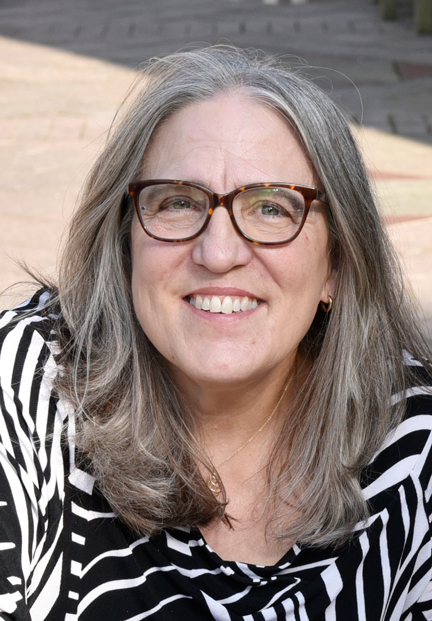The Senior Odyssey program initiated by Beckman Institute researcher Elizabeth Stine-Morrow continues to not only generate new research data but also more accolades for its participants.
The Shockin’ Seniors team from the Senior Odyssey program captured third place in the Division IV competition at the Odyssey of the Mind World Finals held earlier this month in Ames, Iowa. The Shockin’ Seniors – a team of Senior Odyssey study participants aged 60 and over – finished third in the Division IV competition that included teams from universities like Georgia Tech and Penn State. They were rewarded with a large trophy for their efforts.
Stine-Morrow, a member of Beckman’s Human Perception and Performance Group, designed the Senior Odyssey program as an experimental study and as an aging intervention program using the educational outreach program Odyssey of the Mind as a template. Stine-Morrow started Senior Odyssey with a small pilot grant but the research results and overall success of the program eventually led to a large five-year grant from the National Institute on Aging.
The Shockin’ Seniors were the only team composed of older adults in the competition, which features high school and college students performing creative, team problem-solving tasks. Team members are Steve Palmer, Bob Lewis, Ken Schuele, Helen Miron, Peggy Yeazel, and Charlene McQueen. Stine-Morrow said the success of the Senior Odyssey team was important both for the participants and for the overall goals of the research project.
“I think they have a sense of the larger symbolism of what they accomplished,” she said. “I watched people – tournament staff, parents, and the kids who were competing – go out of their way to come up to the Shockin’ Seniors at the tournament and congratulate them.”
The fact that older adults could perform so well in an international student tournament is directly related to Stine-Morrow’s research areas of educational psychology, the aging mind, and intervention strategies for older adults. The intervention aspects of the Senior Odyssey program stress the cognitive benefits older adults may get from social and intellectual engagement.
“It was a great accomplishment for one of our senior teams to go to OOTM World Finals,” Stine-Morrow said. “When we started this project, we made the argument that the advantage of piggybacking a cognitive intervention program onto an existing program as vibrant as OOTM was that it could ultimately help to make more opportunities for everyday intellectual engagement available for us as we age.”
Stine-Morrow said the success of the Shockin’ Seniors challenges conventions about the aging mind.
“Social structures in the U.S. tend to be ‘age-segregated’, that is, the roles that are available for us are often, somewhat tightly, tied to age,” she said. “This is especially true in education! There are some really wonderful exceptions – the Osher Lifelong Learning Institute and Elderhostel – but opportunities for education become more restricted as we move through adulthood. The Shockin’ Seniors are somewhat shocking because they are defying age-segregation and acting as genuine pioneers in age-integration.”
The Shockin’ Seniors had earlier competed in an Odyssey of the Mind state tournament and a Senior Odyssey tournament held at Beckman before heading to the World Finals. The World finals were held in Hilton Coliseum on the Iowa State University campus with more than 18,000 people in attendance.
The problem they had to solve in the “Shock Waves” Division IV competition consisted of designing and building a balsa wood structure that would support as much weight as possible while absorbing shockwaves. The team built a structure in the World Finals that supported 630 lbs. of weight, and were graded on that as well as other factors such as creativity, style, and spontaneity The Shockin’ Seniors received a perfect score in the spontaneous category while solving a novel problem in the competition.
